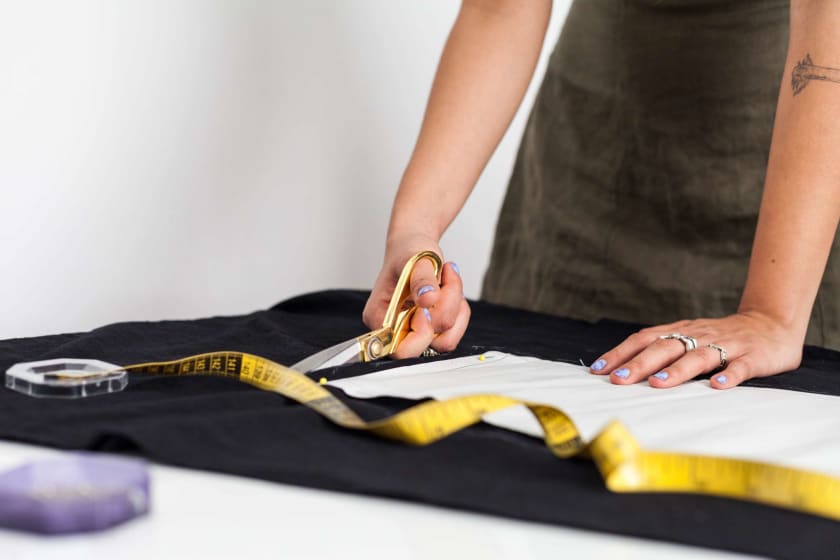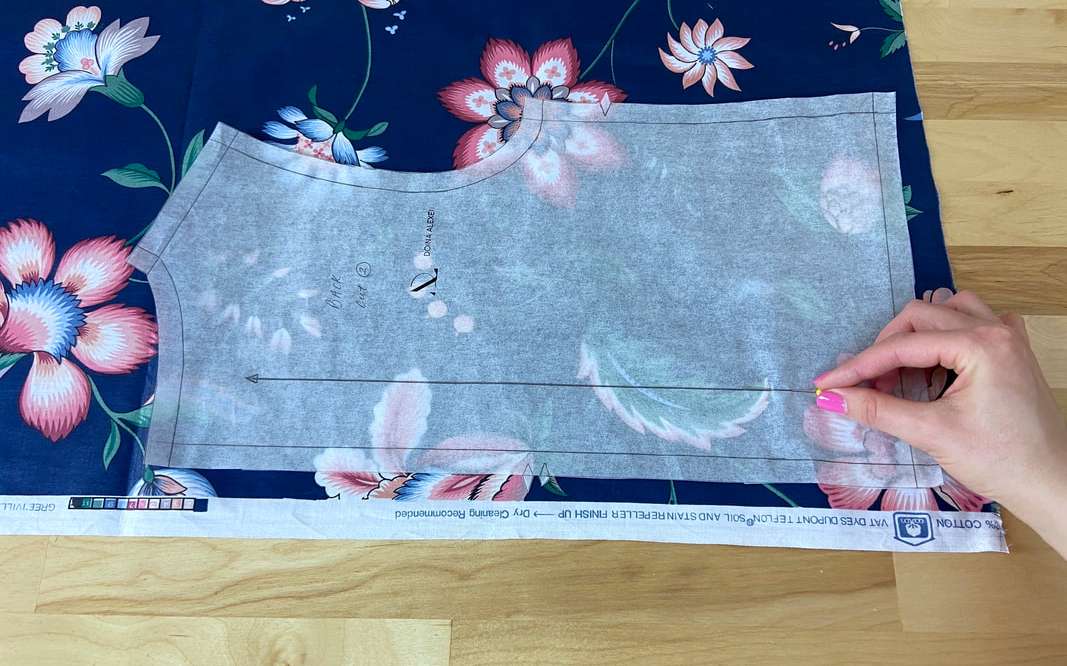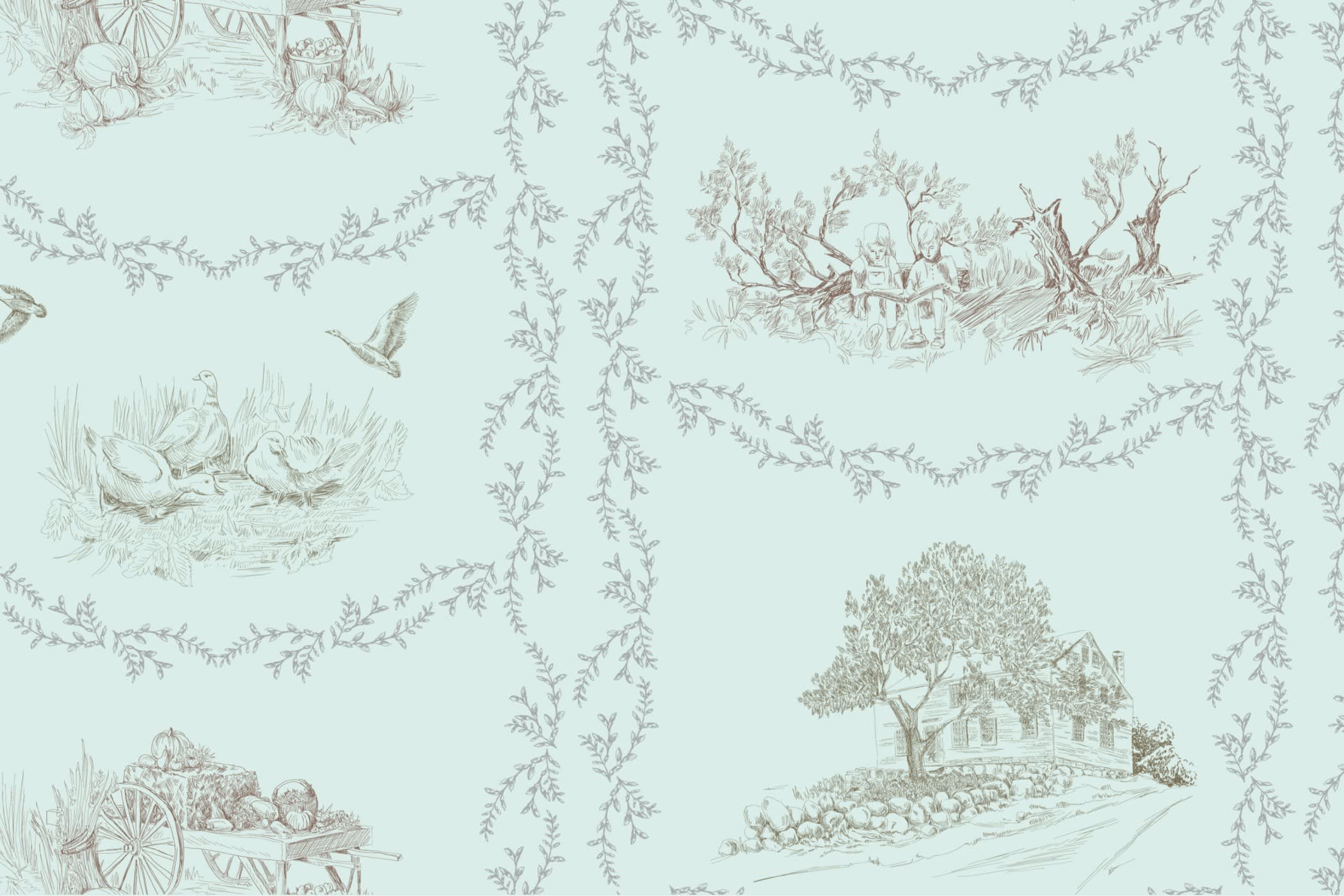How to Properly Cut Fabric with a Pattern



Clothes! Beautiful clothes are always attractive. Very few people can resist the lure of draping enticingly cut fabrics around their bodies. However, it is important to understand that the most opulent or eye-catching fabric will not serve its purpose unless cut correctly. Thankfully, the fashion creators who have made a name for themselves today know how to pick and choose. Weaving magic with clothes is an art few excel at. Your business will succeed once you master the art of cutting specialized fabric with the required pattern.
Wait! It would be foolhardy to rush through. You have to have the pattern handy in advance to cut the beautiful fabric accurately. Do not fail to arm yourself with the right equipment, namely a pair of sharp scissors, some chalk, or a marking pencil and pins (lots of them).
It is time to begin once you are ready and relaxed enough to concentrate on the task. Here is what needs to be done to properly cut the fabric with the pattern you have in mind:
Wash & Iron the Fabric

Do not be surprised by the initial step. Yes! You will cut the fabric carefully and make it available for wear once the sewing is done. Why do you need to wash t right at the outset, then? Well, you cannot ignore this step that happens to be an important one. The last thing you need is to have the fabric shrink making the style worse. So, go on ahead and wash the fabric carefully before ironing it meticulously so that it becomes smooth with the wrinkles taken out. The washed fabric should be flat too. You would do well to follow the instructions provided by the manufacturer to ensure perfection.
Note the Selvage or Grainline

Take a long, hard look at the edge of the fabric before you. The finished edge is also known as the selvage. Try as you might, you would not be able to unravel this part completely. However, a closer look will enable you to understand the grain of the fabric. The grainline will run longitudinally to the hem. The pattern you will follow to cut the fabric will have the direction of the grain line printed on it. You would want to lay out the pieces of pattern on the fabric by lining up its grainline with the selvage. Feel free to use a clear ruler to keep the pattern pieces straight. Alternatively, you may find a cutting mat helpful to line up the pattern pieces perfectly.
Fabric Cutting Process #1
It is time to fix the pattern to the fabric once all the pieces are lined up properly. You may use sharp pins to attach the way to the beautiful fabric without causing any damage to sensitive and delicate fabrics. Be sure to use as many pins as needed but avoid overdoing it as too many ins may distort the pattern by pulling at the fabric, causing it to bunch up or tear inadvertently.
Pick up specialized fabric shears to cut around the laid-out pattern pieces carefully. Remember to use sharp scissors so that there are no jagged or frayed ends in the cut material. Another trick is to keep cutting according to the pattern without lifting the scissors completely off the fabric. The lower end of the scissors should remain on the fabric all the time so that it remains flat and evenly placed.
Fabric Cutting Process #2
Forget using pins! Hold the pattern pieces in place by placing weights instead. It is indeed intriguing to know that most fabric cutters prefer this method as it keeps the fabric and the pattern pieces placed on it flat. You will find this method best when working with knitted fabrics. There will be no stretching out or distortion of the knitted material when you use weights to hold everything in place. The weights are easily available at retail stores, with big fashion houses having plenty of them lying around. Do not be disappointed when you are an entrepreneur just starting. Use any weighty article that you may find at home as an alternative.
Forgo the traditional fabric shears or scissors and embrace the rotary blade cutter for cutting through the fabric. Hold it steadily and cut precisely along the lines of the pattern. This will reduce the frayed edges considerably too. Do not let the cutter slip from your grasp even once. You may use a ruler to ensure cutting straight as well.
Fabric Cutting Process #3
Trace the pattern along the edge of the fabric with a washable marker or pencil once the pattern pieces are fixed with pins or weights. You are welcome to utilize carbon paper or a tracing wheel if you are not too sure about the steadiness of your hand. Do not omit anything when you are tracing the pattern. Include the notches and darts to have the entire pattern represented on the fabric. Remove the pattern pieces once you are done with the tracing. Place the fabric flat against a hard surface and cut out the traced pattern with a pair of sharp scissors or a rotary blade.
Cutting Fabric with a Pattern: Tips to Note
- Place a slippery fabric such as chiffon or silk between tissue paper sheets and lay the pattern ices over it. This will prevent the fabric from slipping
- You are sure to find instructions about cutting the fabric on the fold. However, you will end up using less material when you lay the fabric flat on the surface after opening it. This trick will be most helpful when you are working on large-sized pattern pieces
- It is important to place the pattern pieces on the fabric's wrong side (back side). Marking and cutting the fabric should be done on the wrong side too. This will not make the marks or notches visible when viewed from the front. Following this tip will make you view and match the marks properly, making it easier for you to sew
- It would help if you were more attentive when working with velvet or corduroy. The pattern pieces should be laid on the right side so that the pieces match perfectly while facing the right direction. This works for plaids and striped materials too. However, you may need additional fabric available when you are cutting with the pattern
Conclusion

It is important to use a proven method of cutting the fabric with the available pattern to ensure perfect design replication. There are several procedures available for doing. Choose the one you feel comfortable with and follow the instructions diligently. Finally, it would help to have the right equipment handy before cutting.
You may want to check Fashinza, the quality tech-enabled platform for solving all manufacturing woes. Get useful insights on the right usage of fabrics and use the handy tips & tricks to enhance your business prospects.



















